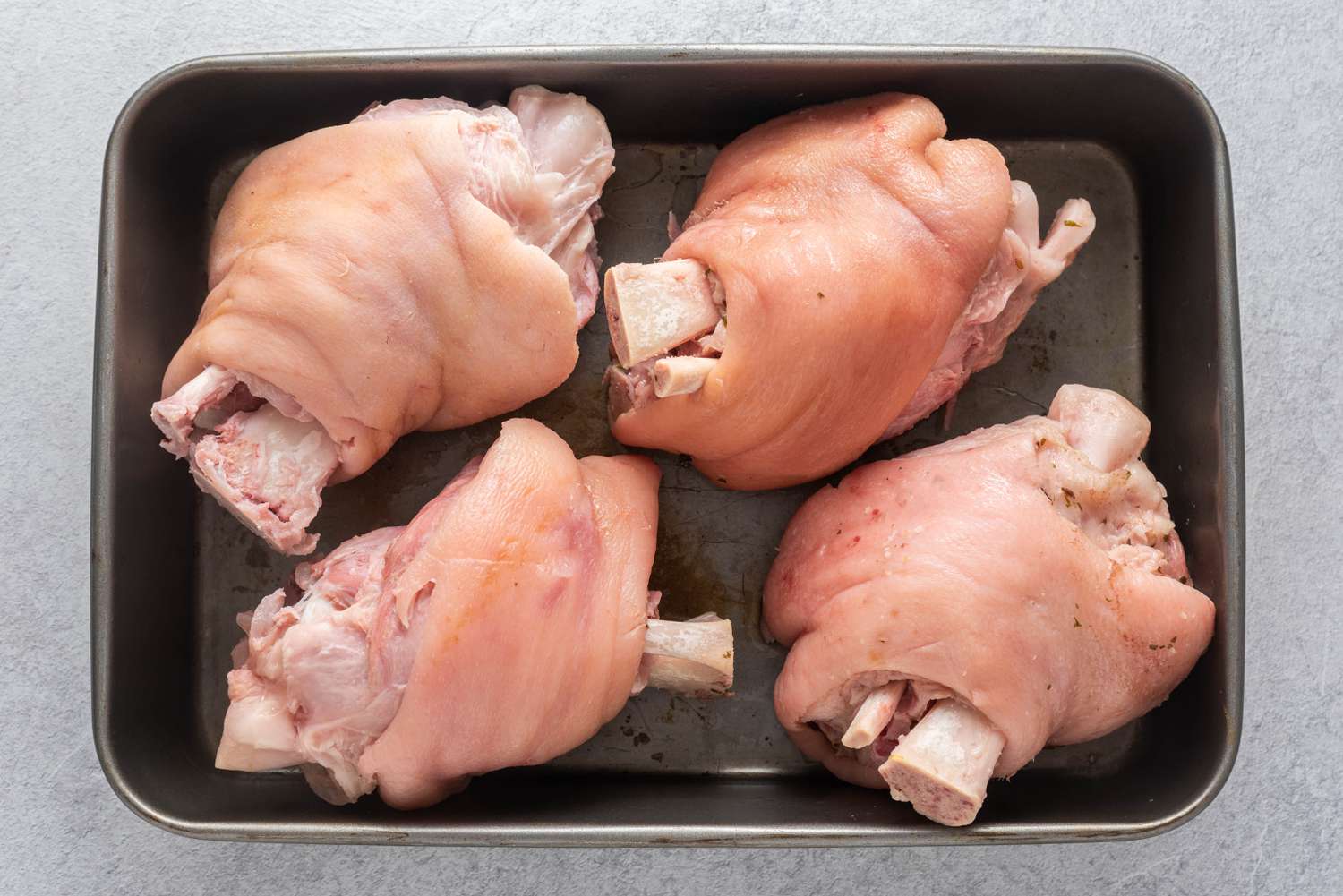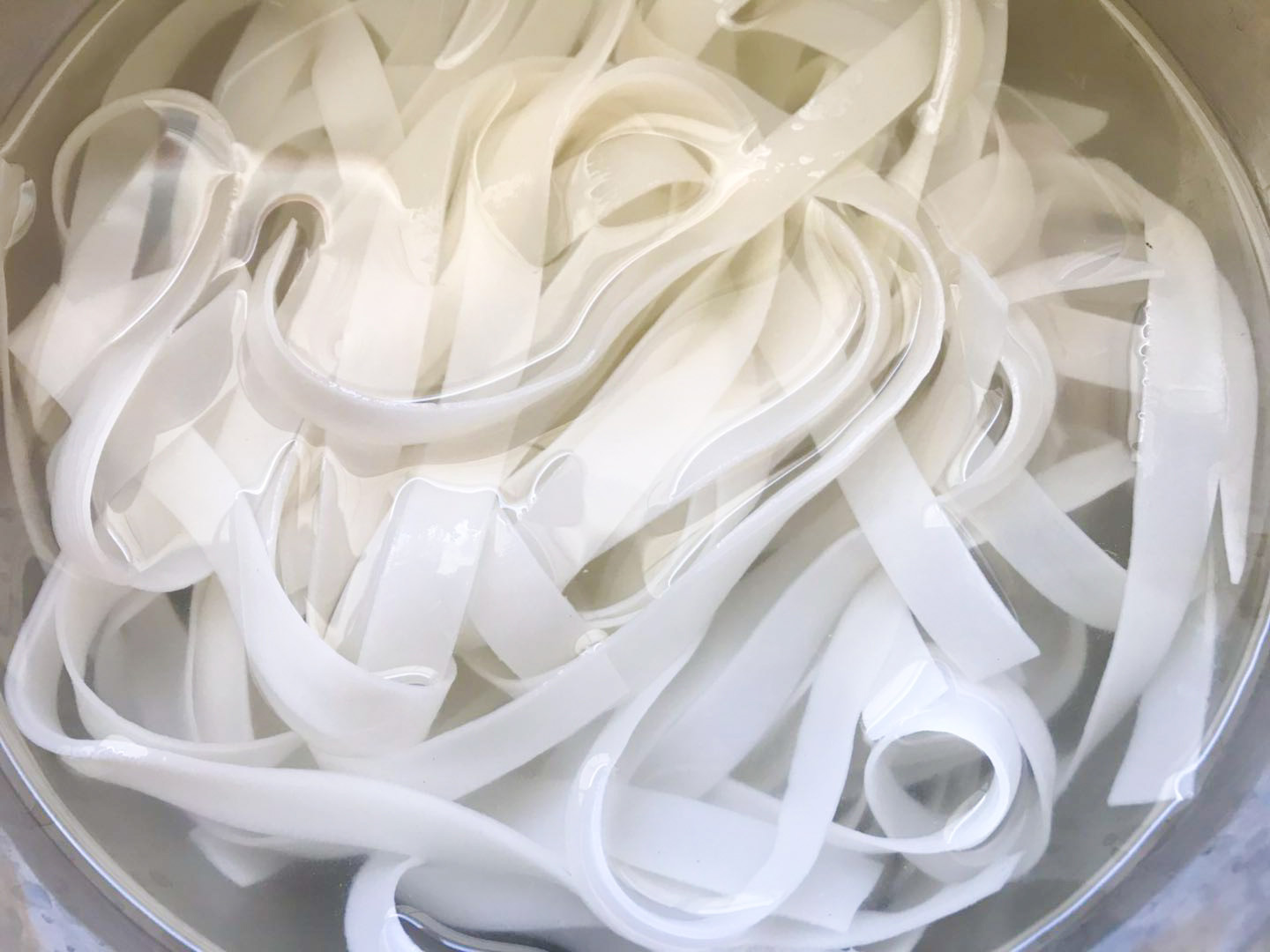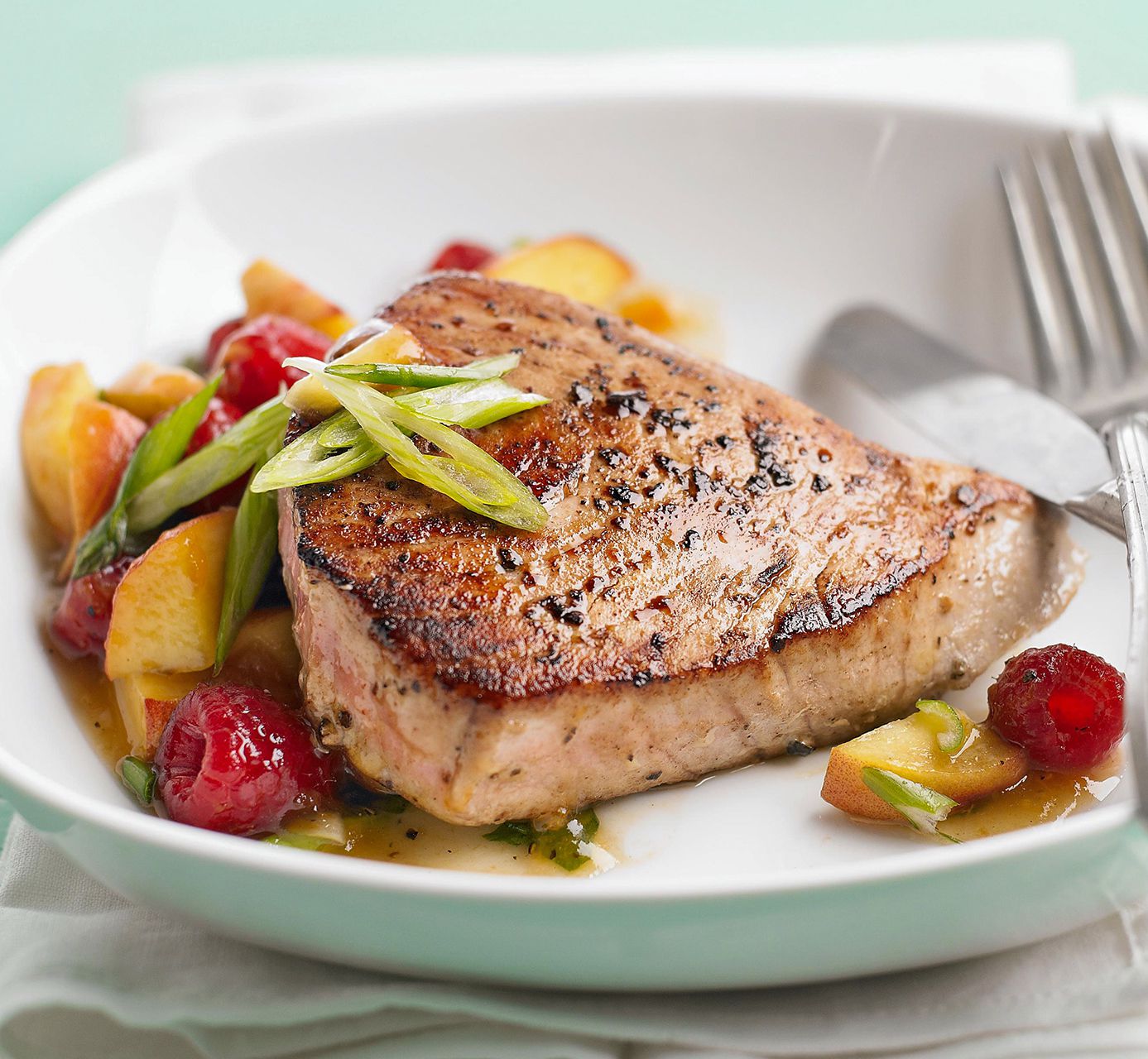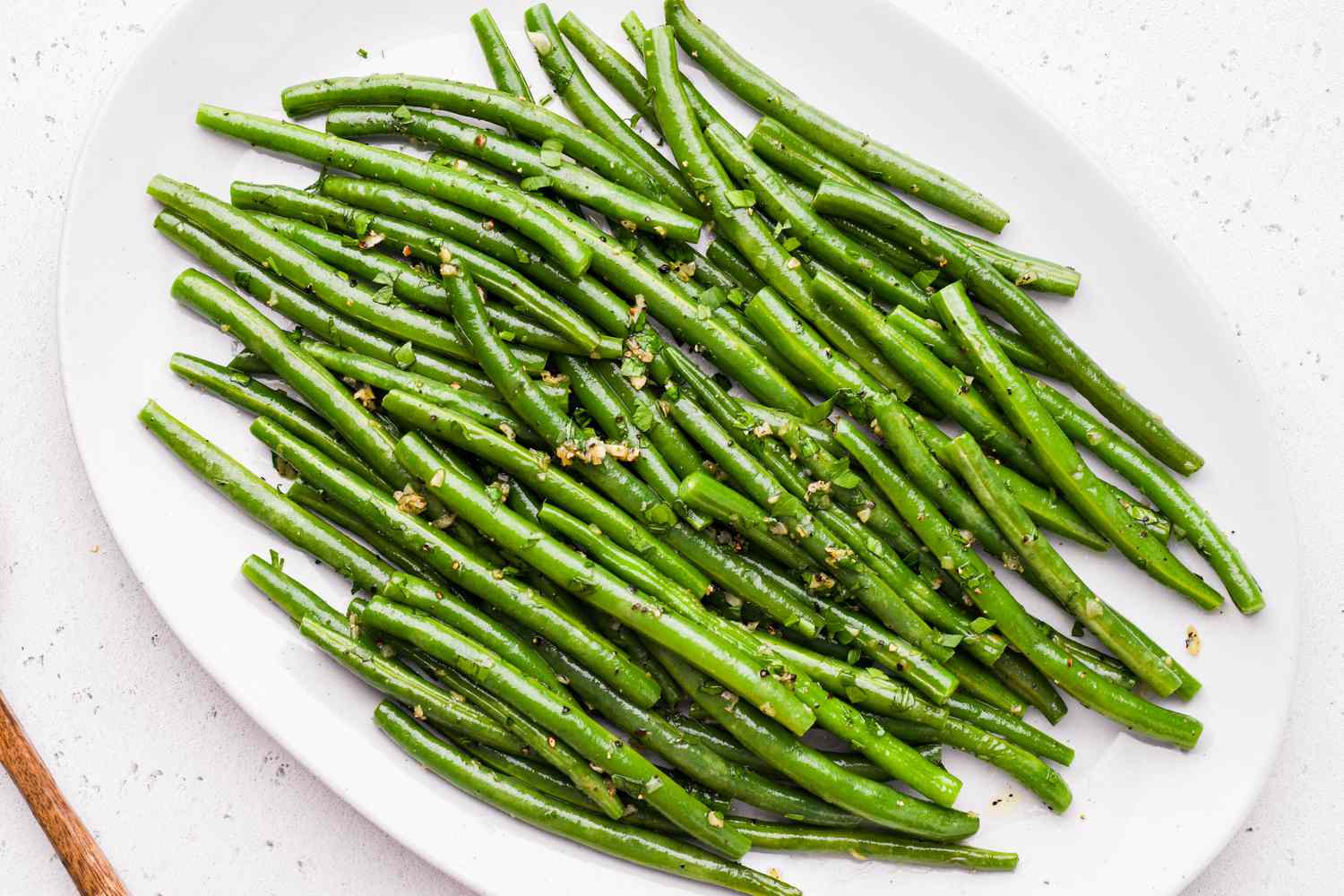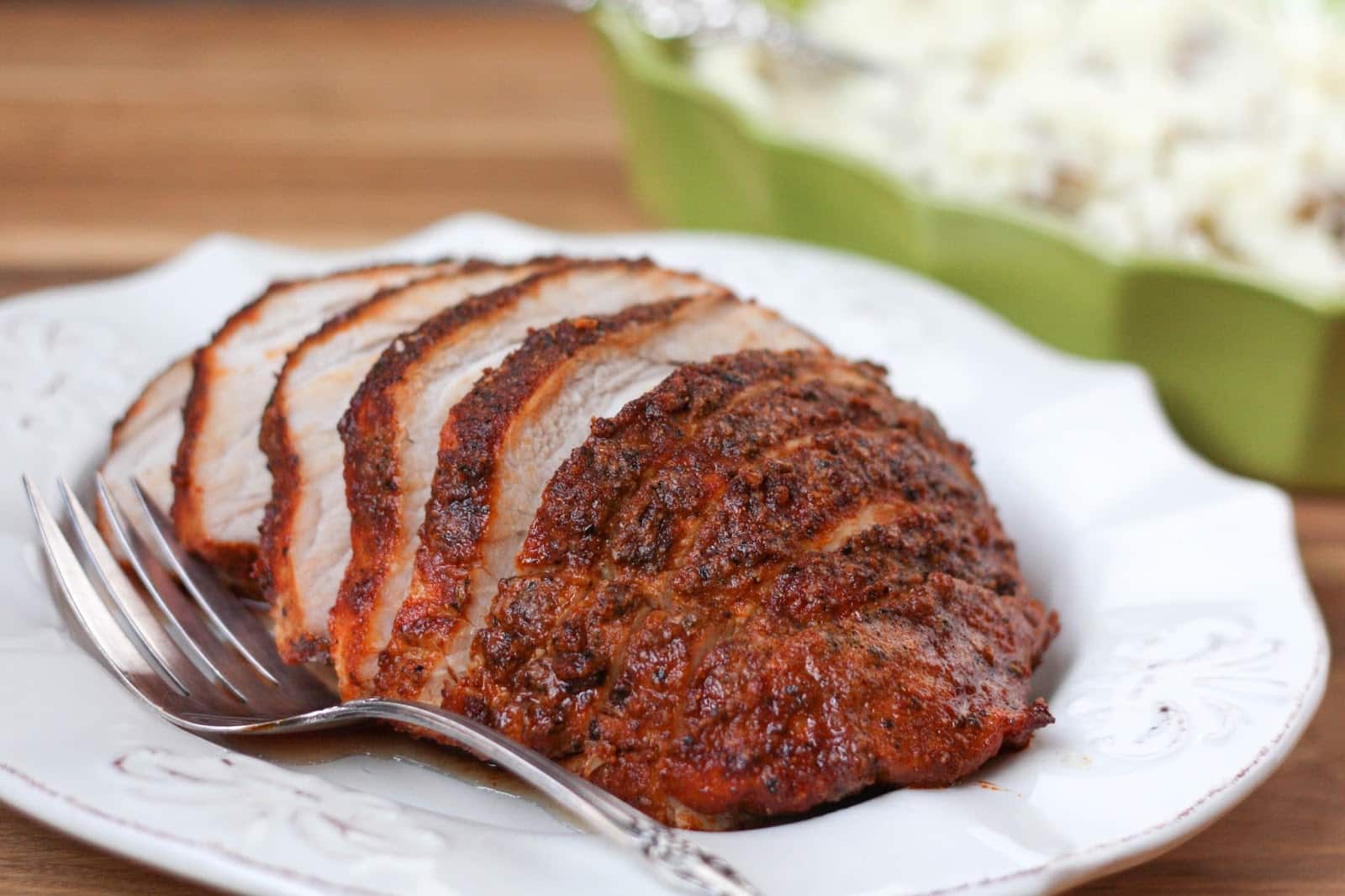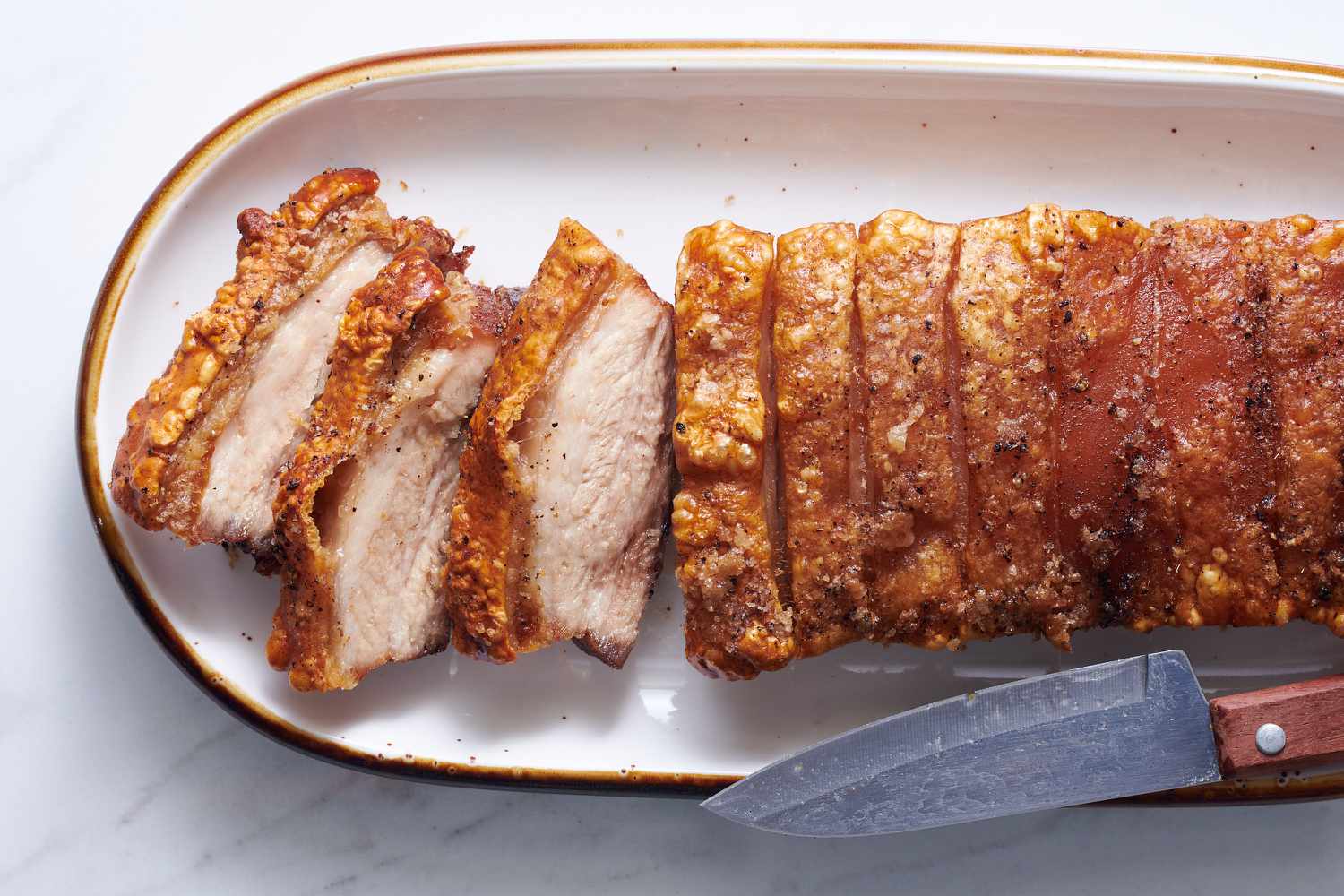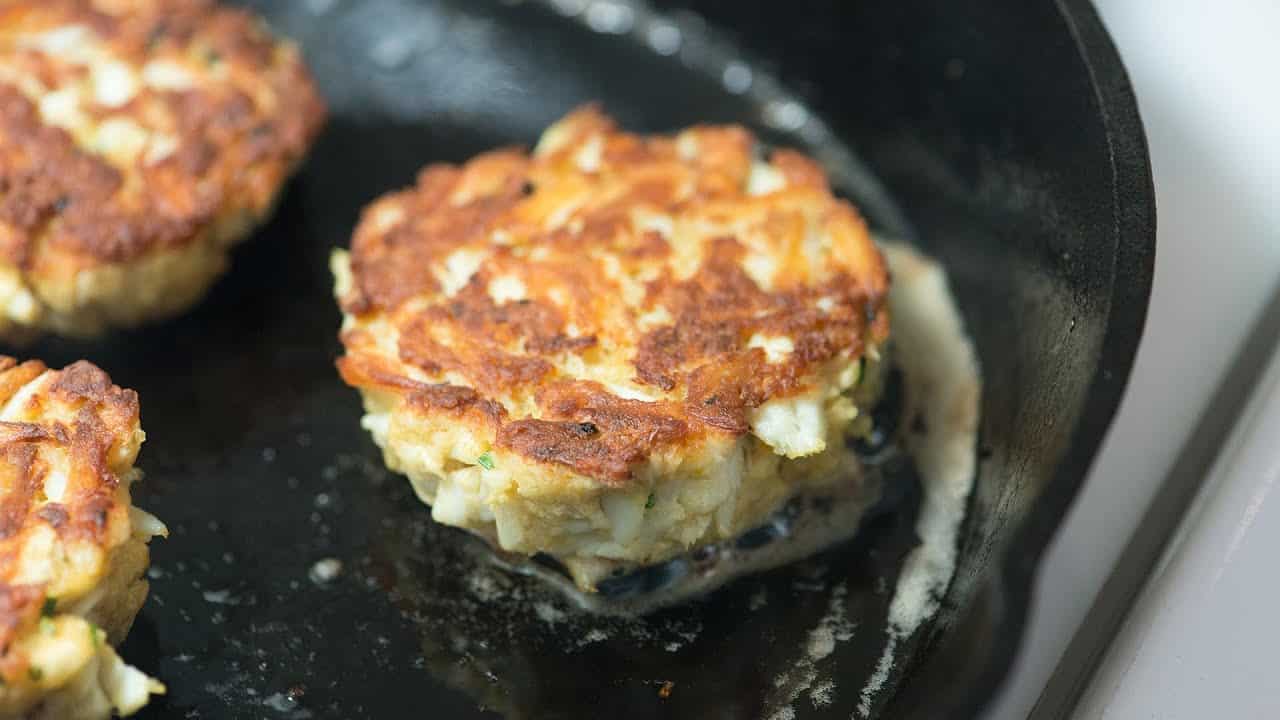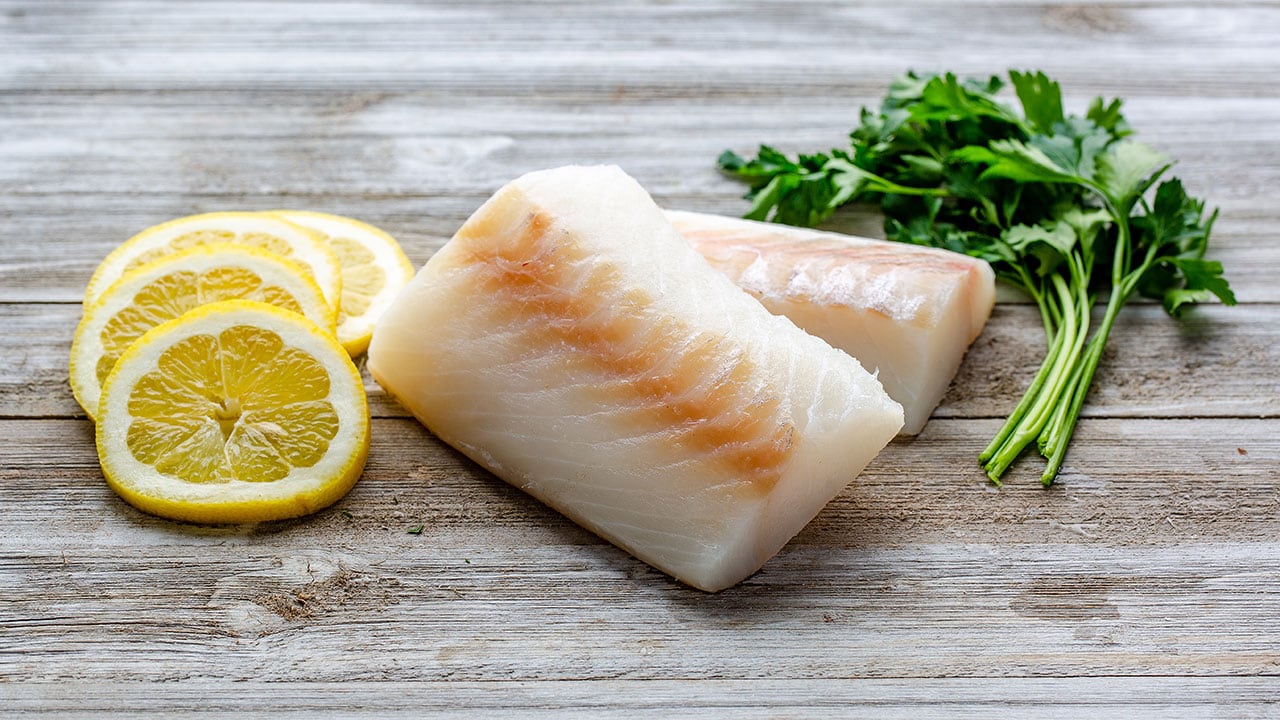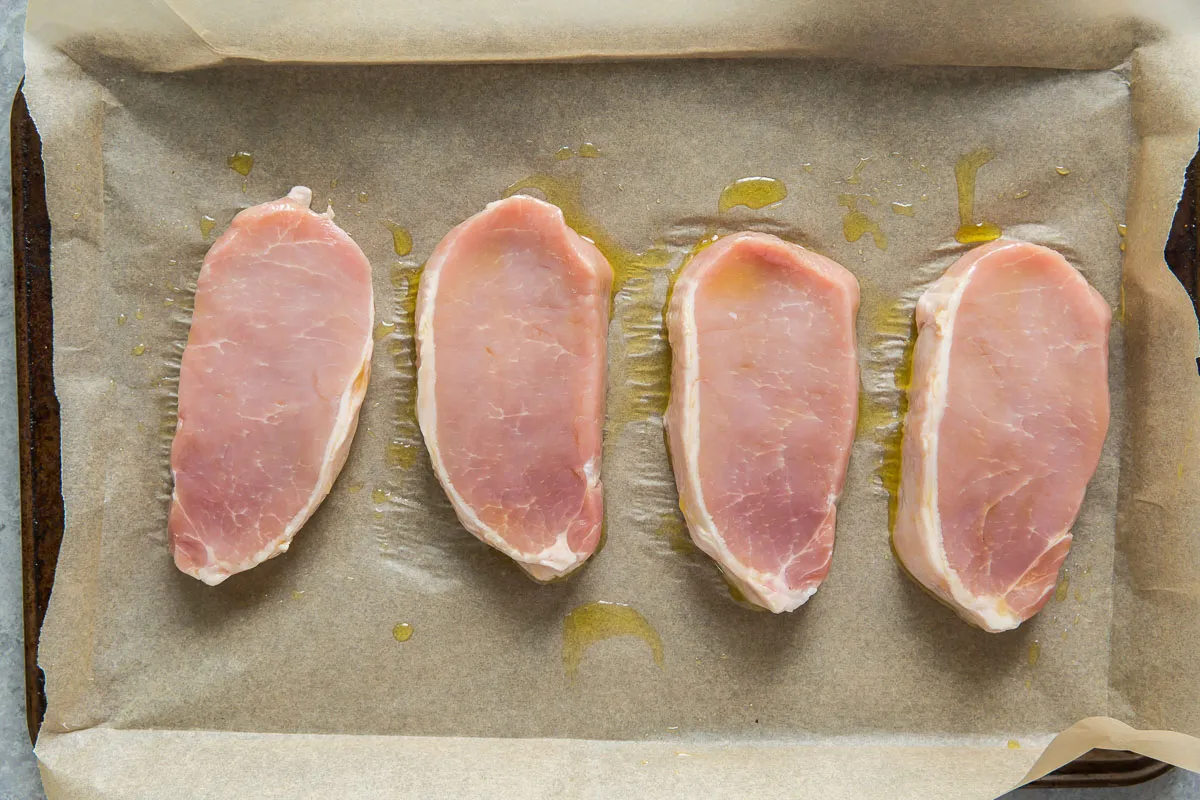Unlock the Delicious Potential of Japanese Yam
Whether you’re a seasoned cooking enthusiast or just starting out in the kitchen, Japanese yam is an ingredient you don’t want to miss out on. Not only is it nutritious, but it also offers a unique texture and flavor that can elevate any dish. In this guide, we will explore different cooking methods that will help you unlock the delicious potential of Japanese yam.
1. Roasting
Roasting Japanese yam is a simple and flavorful way to enjoy its natural sweetness. Here’s how:
- Preheat your oven to 400°F (200°C).
- Scrub the yam thoroughly and remove any blemishes.
- Peel the yam and cut it into evenly-sized pieces.
- Toss the yam with olive oil, salt, and pepper in a bowl, ensuring each piece is coated.
- Spread the coated yam pieces on a baking sheet lined with parchment paper.
- Roast for about 25-30 minutes or until the yam is fork-tender and lightly golden.
Roasted Japanese yam can be enjoyed as a side dish or added to salads for an extra burst of flavor and texture.
2. Mashing
If you’re looking for a comforting and creamy side dish, mashed Japanese yam is the answer. Here’s how to make it:
- Peel the yam and cut it into small chunks.
- Boil the yam in a pot of salted water until it becomes tender.
- Drain the cooked yam and transfer it to a mixing bowl.
- Mash the yam using a fork or potato masher until it reaches your desired consistency.
- Add a pat of butter, a splash of milk, and season with salt and pepper to taste. Mix well.
Mashed Japanese yam pairs perfectly with grilled meats or can be used as a topping for shepherd’s pie or loaded baked potatoes.
3. Tempura
Tempura is a popular Japanese cooking technique that results in crispy and light battered yam. Follow these steps to make tempura:
- Peel the yam and cut it into thin slices.
- In a bowl, combine cold water and flour to create a smooth batter.
- Dip the yam slices into the batter, ensuring they are fully coated.
- Deep fry the yam slices in hot vegetable oil until they turn golden brown.
- Remove the tempura from the oil and drain on a paper towel to remove excess oil.
Tempura Japanese yam is a delightful appetizer or side dish that can be served with soy sauce or a dipping sauce of your choice.
4. Grilling
Grilling Japanese yam brings out its natural flavors and adds a smoky charred taste. Here’s what you need to do:
- Preheat your grill to medium-high heat.
- Peel the yam and cut it into thick slices.
- Brush the yam slices with olive oil and sprinkle with salt and your favorite spices.
- Place the yam slices directly on the grill grates and cook for 4-6 minutes per side, or until the yam is tender.
Grilled Japanese yam can be served alongside grilled vegetables or used as a filling for sandwiches and wraps.
5. Sautéing
Sautéing Japanese yam is a quick and easy cooking method that preserves its natural flavors. Here’s how:
- Peel the yam and cut it into thin slices or cubes.
- Heat a skillet over medium heat and add a drizzle of olive oil.
- Add the yam slices to the skillet and cook for about 5-7 minutes, stirring occasionally, until they are golden and tender.
- Season the sautéed yam with your favorite herbs and spices.
Sautéed Japanese yam can be enjoyed as a standalone side dish or used as a base for stir-fries or grain bowls.
Get Cooking with Japanese Yam
Now that you have discovered these cooking methods, get ready to unleash the wonderful flavors and textures of Japanese yam in your culinary creations. Whether you choose to roast, mash, tempura, grill, or sauté, this versatile and nutritious ingredient will undoubtedly bring a unique touch to your meals. Happy cooking!
For those eager to experiment in the kitchen, this guide on cooking Japanese yam offers a diverse range of recipes to try. Fans of crispy textures will enjoy Japanese Yam Tempura with Soy Dipping Sauce, a delightful appetizer that's both light and flavorful. For a heartier meal, Japanese Yam and Beef Stew is a comforting dish perfect for cooler days. If you're looking for a vegetarian option, Japanese Yam and Vegetable Stir Fry is a vibrant, healthy choice packed with colorful veggies. Dessert lovers should not miss Honey-Glazed Roasted Japanese Yam, a sweet and sticky treat that's sure to satisfy any sweet tooth. These recipes not only showcase the versatility of Japanese yam but also make it easy for anyone to create delicious meals at home.
Was this page helpful?
Read Next: How To Cook Food Without Electricity
